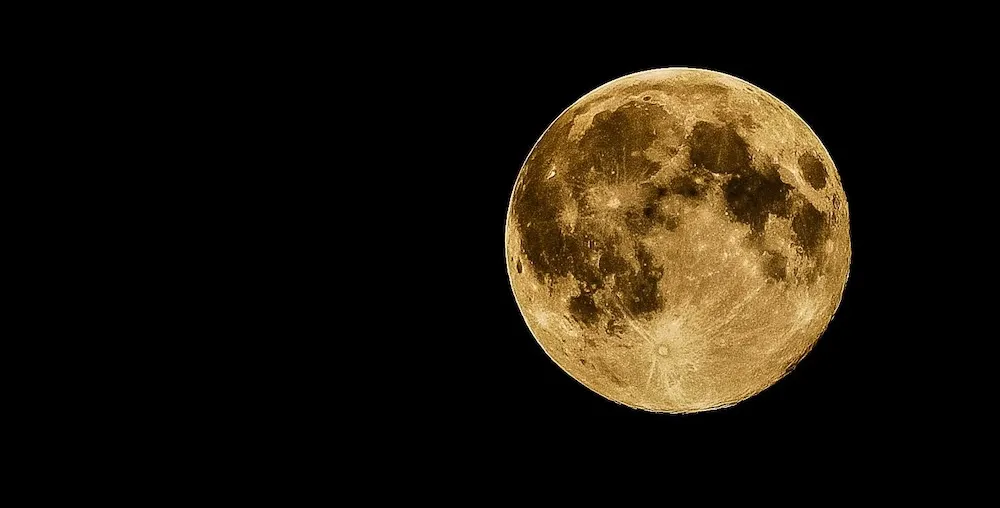
The Moon's Paradox: Where It Comes From, How It Changes, and What We Really Know
←Return to ArchivesThe modern era has achieved unprecedented global connectivity. Information traverses continents in milliseconds. Yet the Moon's paradoxes have become a staple of digital conspiracism precisely in this age of connection.
The sensationalism formula is predictable. Begin with a real anomaly. Acknowledge the official explanation, then dismiss it quickly. Introduce alternatives with dramatic production: mysterious music, CGI alien structures, fragmentary quotes out of context. Create the feeling of accessing forbidden knowledge.
The viewer experiences certainty without discomfort. The format appears everywhere: alternative medicine (symptom dismissed miracle cure), political theories (problem response hidden agenda), historical revisionism (gaps narrative suppressed truth).
The Soviet "Spaceship Moon" hypothesis has been recycled without Cold War context. Vasin and Shcherbakov proposed a thought experiment: could artificial construction better explain lunar anomalies? Today it's presented as "suppressed Soviet research proving alien construction," divorced from all political context.
Astronaut restraint has been reinterpreted as coverup evidence. Apollo 11's muted press conference becomes psychological disturbance. Security protocols transform into "NASA silenced them." Apollo 10's radio static becomes "mysterious signals" hinting at extraterrestrial contact.
Ancient mythology and scientific analysis have been freely conflated. Greek Proselenes, Zulu traditions, Tiwanaku records are presented alongside Apollo data as equivalent evidence. Mythological cosmologies and astronomical measurements are treated as corroborating accounts.
The solar eclipse "coincidence" has been weaponized. The Moon is 400 times smaller than the Sun and 400 times closer to Earth. This produces perfect eclipses. Isaac Asimov called it the "sheerest coincidence." Today his quote is weaponized: "Even scientists admit the odds are impossible!"
Photographic anomalies are presented as structures. The "Blair Cuspids" are captioned as "artificial structures 15 stories tall." Possibilities of artifacts, illusions, and different erosion patterns are never mentioned. Scientific documentation is framed as suppression.
What unites these narratives is not evidence but the promise of certainty. They trade genuine mystery for spectacle. They replace "we don't fully understand this yet" with "we know the truth and they're hiding it."